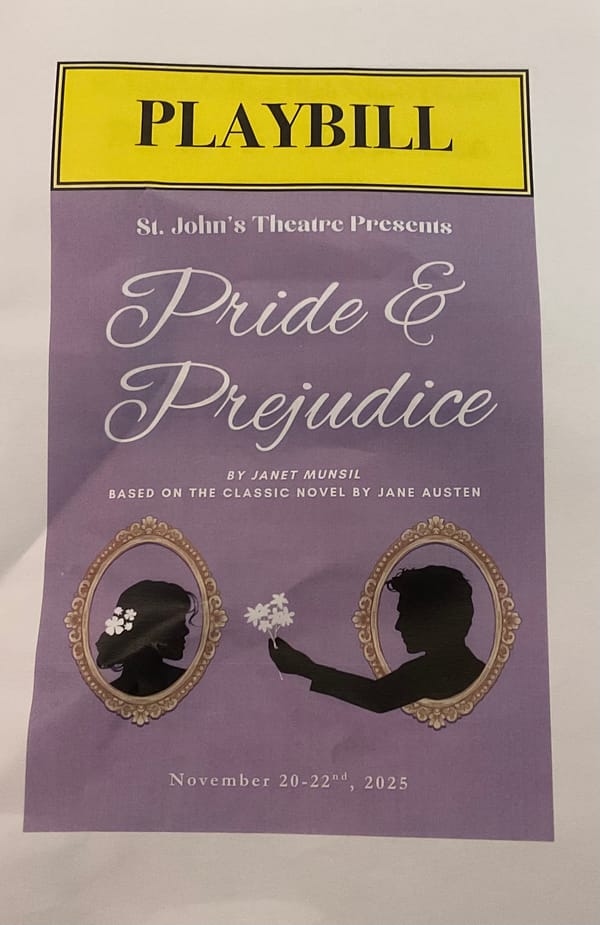Mareesa Frederick's journey as a pioneer at St. John's
The Sabre Archive

We all recall the feelings of walking in on the first day of freshman year. Mareesa Frederick ’92 recounts the nervousness she experienced on her first day as a senior. Walking into an all-boys school with the first class of women integrated into St. John’s, this experience must have been stressful, awkward, and nerve-wracking. Ms. Frederick described her feelings, stating she was “nervous because the boys all wanted to graduate together,” which naturally added stress due to potential tension.
At the time, the uniform was very similar to what we have today, with the summer attire consisting of a grey skirt and polo, and plaid for winter. However, there were differences, including a limited number of sports, with soccer being one that was definitely offered. There was no application process because the school Ms. Frederick attended, Immaculata, which was St. John’s sister school at the time, had shut down, making enrollment easier. However, the experience was far from easy.
Despite knowing people from school dances and parties, Frederick still found integrating into the school difficult. Certain aspects were nerve-wracking due to the change in dynamic and culture that both parties were accustomed to. As is often the case, people and friend groups drifted apart due to the school switch. For instance, Frederick and one of her best friends at the time drifted apart because “things just got different” in the new school environment. Naturally, people found new friend groups, although they were generally close due to the small school setting.
The class that Frederick and her classmates were joining, the boys, wanted to graduate together. The incorporation of girls into the graduation changed the way valedictorians and salutatorians were chosen. The girls retained one of their school traditions, holding a ring ceremony in the chapel as part of their graduation celebrations, with teachers from their former school attending the small ceremony.
Some additional details include the significantly smaller class sizes compared to today. In some of Frederick’s classes, she was the only girl. While there was sometimes animosity towards them for being new to the school atmosphere, there were also times when everyone got along, and the community was more open and welcoming.
Finally, Frederick offered advice on making people feel more welcomed at school: be supportive and offer help to those in need. She also suggested getting to know younger students and acting as a mentor, providing guidance on navigating school and life in general.




